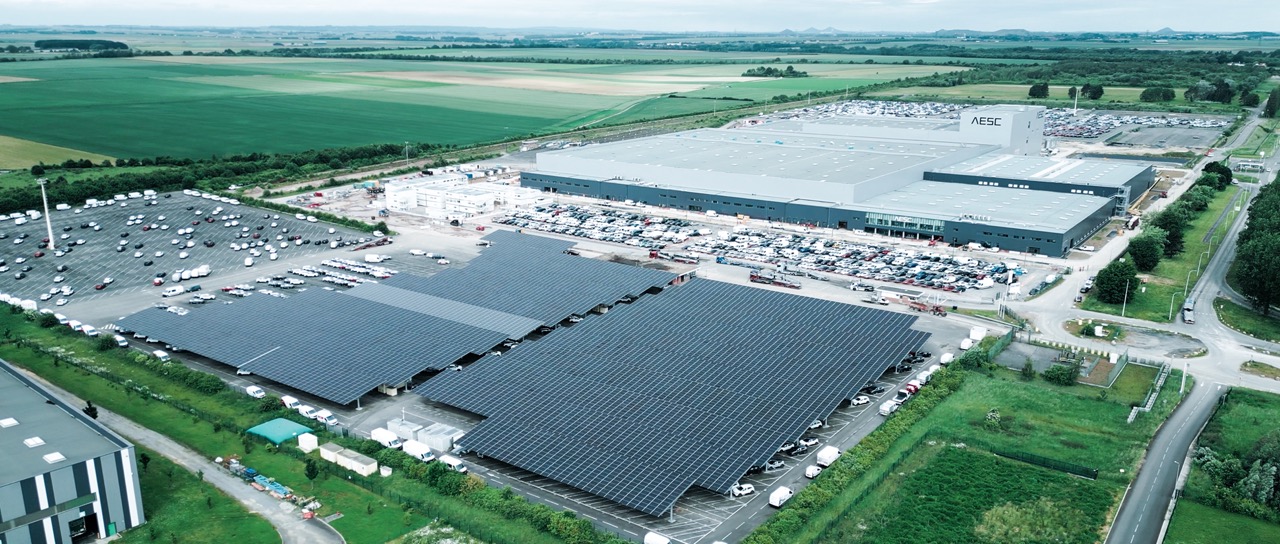After GAC, it’s now time for Xpeng to also announce its plans to build a fast charging network comprised of powerful 480 kW chargers, to fully take advantage of its upcoming 800-volt system platform.
As of September 30, Xpeng already counted with 439 fast charging stations in China.
Xpeng says that its upcoming electric cars built on a new super-efficient 800-volt platform will only require a 5 minutes charge to get enough energy to drive for 200 km.
It’s becoming clear that in a year or two, 800-volt system EV platforms will make most new electric cars not only even more efficient, but also charge a lot faster than they do today. Upcoming 800-volt systems combined with batteries that have silicon/graphene dominant anodes will be the next big step to finally kill the ICE (Internal Combustion Engine).
Soon, when electric vehicles can be fast charged in less than 10 minutes to get enough energy to drive 300-400 km, who will still think that fuel cell or hybrid vehicles are a good idea? Probably only companies that want to sell us hydrogen or fossil fuels…
Anyway, in Europe 350 kW fast-charging stations are the best we currently have, so maybe it’s time to start preparing for higher charging rates. While 350 kW seems great for next generation electric cars, it won’t be enough to quickly charge big electric vehicles that have massive batteries, such as buses or trucks.

What do you think? If you had an electric car that could be fast charged in less than 10 minutes, how much range would you require it to have?
More info:
https://cnevpost.com/2021/10/24/xpeng-tech-day-what-you-need-to-know/








































